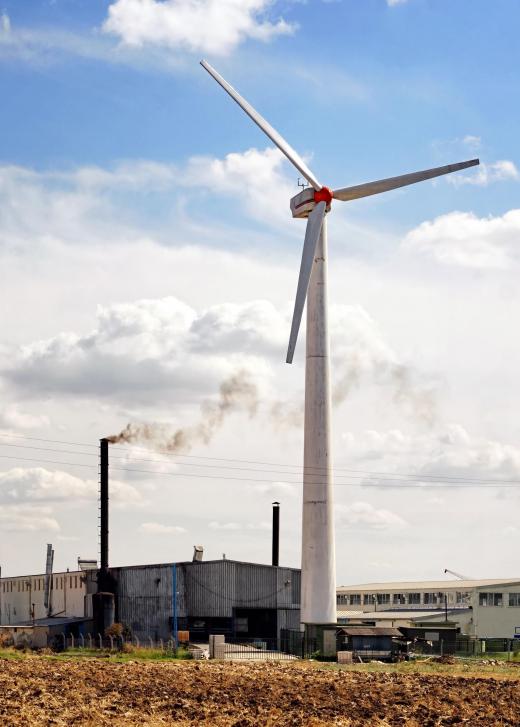What is Green Engineering?
Green engineering is the process and design of products that conserve natural resources, and impact the natural environment as little as possible. The term is often applied to housing, but it can be used for automobiles, lights or any other sort of system or device that requires engineering, and incorporates sound environmental principles. Though green engineering is somewhat more expensive, many countries, recognizing the value of such work, have begun to offer tax breaks, and other incentives to those who incorporate its use.
Green engineers often have special training in the field, perhaps attending special classes to understand how materials and other components can be made in an environmentally-friendly way. For example, engineers and architects concerned with home design may learn about the latest building materials and techniques. This may include the use of solar powered appliances, especially water heaters, solar lights or windows and other design elements.

For those who are constructing a new building or home, the best time to start the green engineering process is at the very beginning. Retrofitting a building with environmentally-friendly design concepts is possible, but it is not as efficient or seamless as having those features built in initially. Therefore, it is critically important to make the desire for green design and technology known from the start.

For buildings, the Leadership in Energy and Environmental Design (LEED) certification is a standard many new buildings strive to achieve. This means the building uses a substantial amount of green engineering. Though this certification is not required by any government agency, those buildings that do receive the certification are often held up as a standard for others to follow. Some owners may even offer bonuses if a building does become LEED certified.

There are a number of ratings criteria assessed for LEED certification. Some of those include the green engineering and design process, the materials used, indoor air quality and water efficiency, among others. These are each judged individually, and will include not only design elements in the building, but also elements outside the building, such as the irrigation system and other landscaping features.

In other areas, green engineering may apply to what is done with automobiles. Current design concepts used in automobiles that are considered environmentally friendly are hybrid technologies, flex fuel vehicles, and even electricity. The future could provide opportunities for fuel cell vehicles and other transportation technologies. Though the price of these vehicles, just like homes, are initially higher, some states do offer incentives. Also, the consumption of less energy means there is a chance to realize cost savings in the operation of these vehicles over time.
AS FEATURED ON:
AS FEATURED ON:

















Discussion Comments
@BigBloom
It is also quite likely that in the very near future we will be seeing "green cities" where cities are constructed and re-constructed to be healthy and environmentally friendly environments that are pleasing to live in, and actually have clean air and water. Green engineers will then be in very high demand.
These tactics are becoming increasingly in demand in locations such as the Bronx, where environmental pollution and environmental discrimination are everywhere. Learning to deal with issues of polluted rain and water can only be counteracted by a strong recycling process and plant life on building roofs. Proper engineering is required for these large tasks.
Post your comments